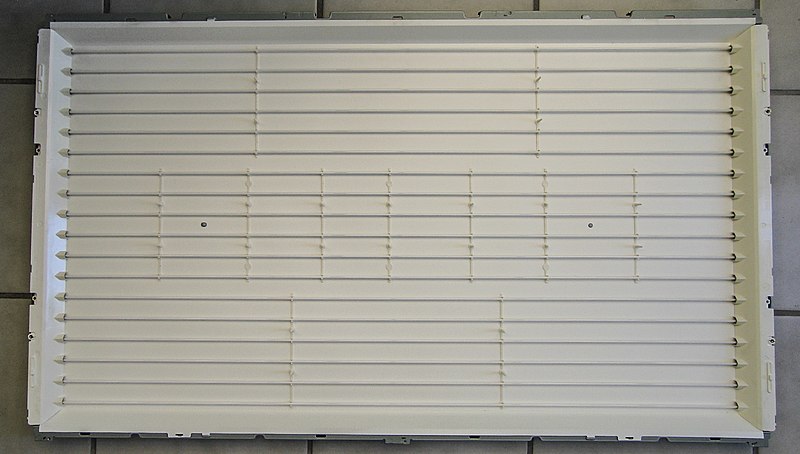Soldato
- Joined
- 12 May 2011
- Posts
- 6,307
- Location
- Southampton
I've been reading reviews of the 'xbones' as I will now call it, stating its HDR support. Now I've always thought of HDR as a photography thing- you point your camera a bit towards the sky and the landscape loses detail and colour, fading to black, whilst pointing your camera to the ground causes the sky to turn to brilliant white. HDR combines the best of both worlds, I assume by doing some constrast tricks, or taking two photos and combining them or something.
I understand that some TVs / Blu Rays and indeed the xbones are now HDR compatible. Is this simply a new standard/threshold a TV needs to meet in terms of number of colours/contrast ratio/brightness, or is there more technical stuff going on inside than that?
And ultimately are we going to see HDR monitors appear- are there already HDR monitors? And GPUs?
(I ask because the lack of contrast and dull blacks and lack of detail in dark scenes are a pet annoyance of mine on my monitor and TV)
I understand that some TVs / Blu Rays and indeed the xbones are now HDR compatible. Is this simply a new standard/threshold a TV needs to meet in terms of number of colours/contrast ratio/brightness, or is there more technical stuff going on inside than that?
And ultimately are we going to see HDR monitors appear- are there already HDR monitors? And GPUs?
(I ask because the lack of contrast and dull blacks and lack of detail in dark scenes are a pet annoyance of mine on my monitor and TV)




